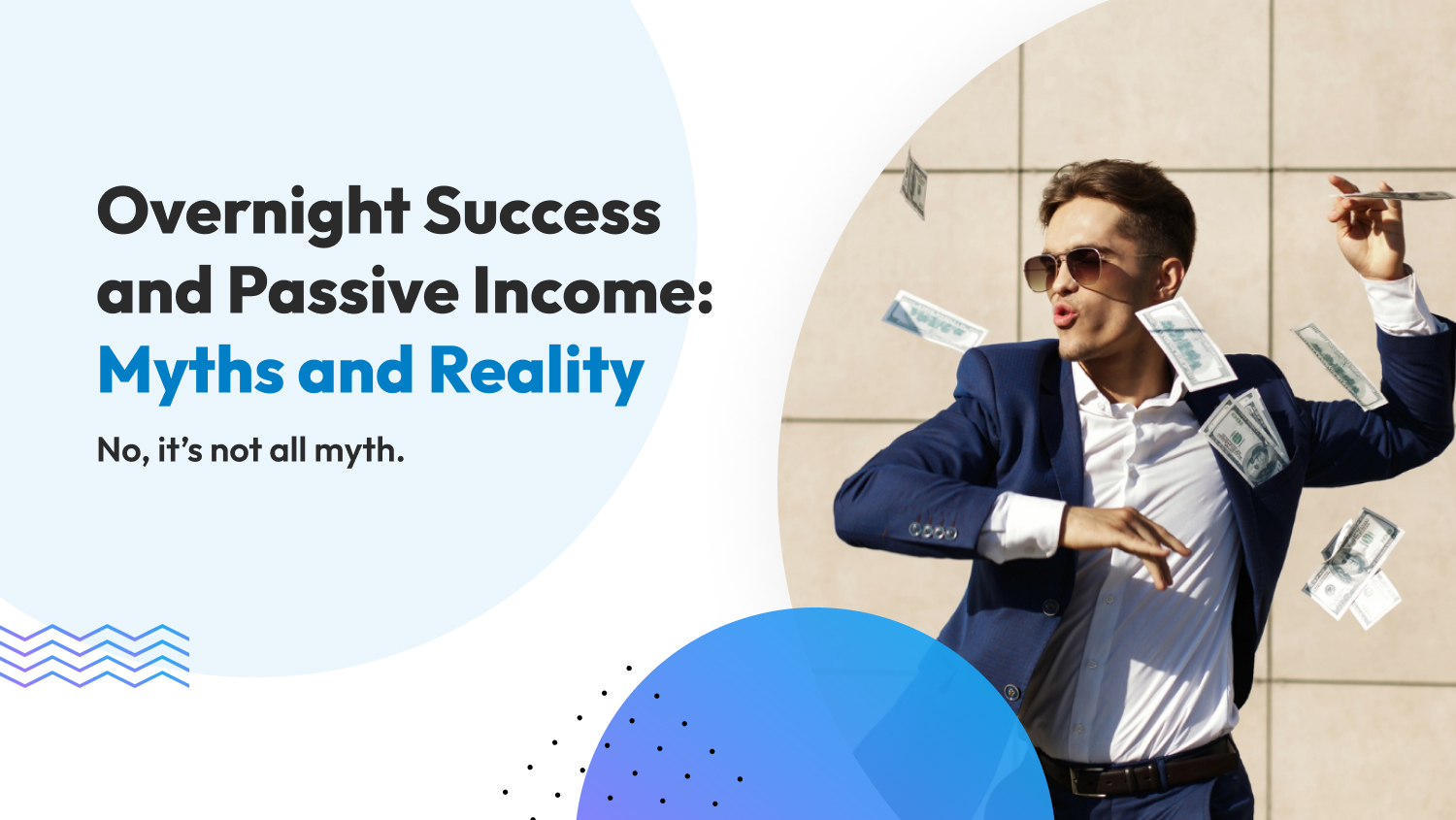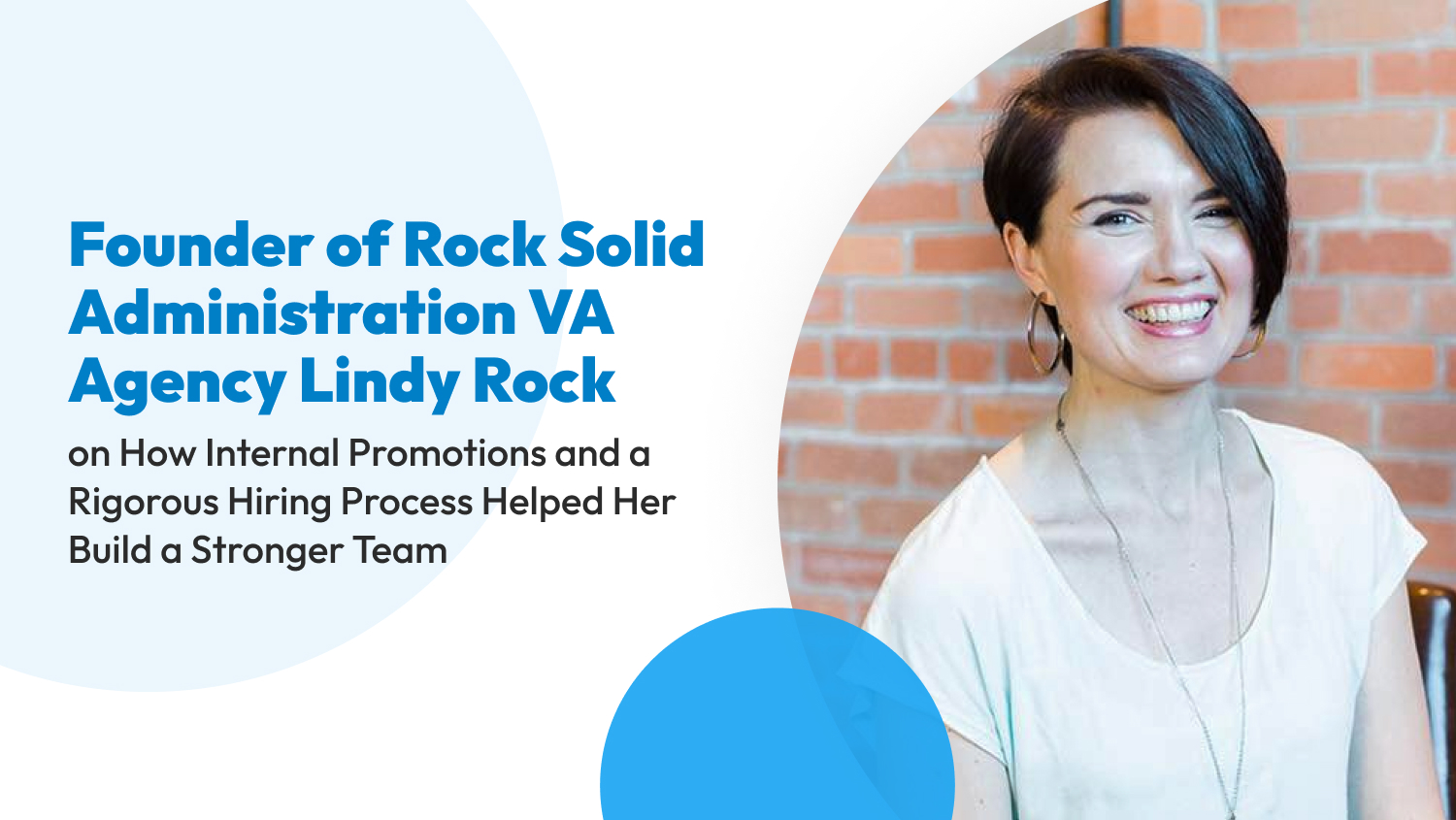Business
Overnight Success and Passive Income: Myths and Reality
You’ve probably seen at least one social media profile talking about how they make a gazillion dollars (or even just a nice modest income) while they sleep. Recently, I was asked about my thoughts on this in our weekly Office Hours (replay here) inside the Doers Inner Circle membership and it prompted me to write about it.
The easy cop-out answer is to say “nah it’s all a sham and impossible!”. But the truth is a little more complicated. After all, many of these accounts post screenshots of their revenue, their fancy cars and planes, and [insert fancy item here]. Are they really all lying or really good at Photoshop?

The Truth
So what is the truth? The truth is that what most of us deem as “success” is, in fact, a moment in time. It’s a tipping point where shortly before that moment, we were “building success” and now we “are successful”. But interestingly, there are most likely many moments where you would say “I’m building success” and someone else would say “you are successful”. Why?
That tipping point is relative and not just relative but also dynamic. In other words, you might set a goal for your success: “I’ll be successful when I hit X in revenue” or “Get Y people on my newsletter” or “Have Z members in my program” or “Land a client contract of $X”. But the truth is that if you haven’t already, you will likely hit one of those, and then redefine success almost immediately and move on to the next goal.
In fact, reading this right now, you may think that’s never happened, but if you said that to someone who knows you and your story well, they might remind you of something like, “What about when you said if you could only make 6 figures you’d be successful”? And you might respond “Yeah, but that was years ago!” Yes, exactly.
Or you might be thinking: “Alright, so what? I still see people more successful than me. And it seems like they did it overnight. And while I don’t mind not doing it overnight (or while I sleep), I do want to do it at some point – I do want to achieve THAT picture of success. So, what gives? Why is it so easy for them and not for me?”
I think an analogy of opening a safe lock is most appropriate to explain this.
Cracking the Code
To open a safe, you need all of the numbers of the combination, in the right order, right?
Let’s take our 5 areas of business:
- Strategy & Mission
- Process & Productivity
- Sales & Marketing
- Client Fulfillment & Workflow
- Finances
Let’s look at the 5 numbers one would enter for the safe to open (I know safe locks usually don’t have 5, but stay with me).
So, if you have 4 numbers correct, and one is wrong, the safe won’t open. If you have a ton of sales, but your client fulfillment is a hot mess and you aren’t delivering what you promised, you’re not successful. If you are selling like hotcakes, you’re crushing fulfillment, but your finances are so jumbled and you have no idea how much money you made, who you owe, or what you bought, you’re not successful. If you have all your processes streamlined but you don’t have any sales, you’re not successful. You get the idea. But hopefully, you also see that all of the above are fixable.
Now imagine you work at a bank and are in a position to have the code. For you, the safe would open the first time, boom, unlocked. Nearly zero effort.
Now let’s imagine instead you’re a safecracker…but a very good safecracker.
You have spent years honing your safecracking skills. You have researched the make and model and you know what you are up against. It’s still going to take you a lot longer to open the safe than it would if you just had the code to start with, right?
But it will also take a lot less time than your average person presented with a random safe, no education on how safecracking works, and no tools to crack the safe in the first place.
The thing we have to remember is that as business owners, we are all somewhere on that spectrum – from having the entire code already to doing the things we need to obtain the code. There are some people whose background, experience, and perhaps some luck, have landed them in a position to have 5/5 of the numbers needed when starting their business, or perhaps 4/5 and they have only needed to find the last number. Others don’t start with any numbers at all.

Which Case Are You?
Example case 1: Less Effort
For example, let’s imagine someone has worked at a hospital for years and years and honed in on an idea for a device that would make everyone’s lives infinitely easier, reduce labor costs, and more. This person’s best friend from high school happens to be in the business of connecting physical product designers with solid suppliers in China and has a network of other business owners who have successfully launched physical products to various niches.
This person is ranked as “less effort” because they still needed to do plenty of work, but they were able to leverage their strengths to minimize that effort and they did start well “ahead” of our following cases.
Example case 2: Medium Effort
Now let’s imagine another person with the same idea, but no friend from high school and they’ve never worked in a hospital, but their brain has a unique ability to look at a situation and invent a product that will solve the problem. However, this person has never made a physical product before. This person then realizes that instead of continuing down the product idea, they could potentially create an online program to teach people at hospitals how to leverage the same concept using items already in the hospital that typically go unused.
We will rank this as “medium effort” – still a lot of work, but this person leveraged their strengths to the max. They did still need to go through the time and energy of the product idea just to abandon it, though.
Example case 3: Significant Effort
Lastly, let’s imagine a third person who ends up in the ER and spots this same problem but they’re a copywriter and certainly know that copywriting isn’t going to fix that situation in the ER. But they do see a problem and suppose there must be a solution somehow somewhere. They start a blog on the topic and there’s some immediate interest but not much. They now need to figure out almost all of the business systems mentioned including even getting people to find out about their blog in the first place as well as how they’ll actually generate an income from it.
This person is ranked as “significant effort” because they don’t really have the advantages from cases 1 and 2. They can still be successful, but their road is going to be more difficult and require more tests (and likely fails) before they achieve success.
Case Example Summary
All three of these people could potentially succeed in building a business that addresses the problem in the ER. But they are not all starting with the same portions of the code to “unlock the safe.”
Regardless, even if we start with zero numbers, we can still open the safe. Our blogger above shouldn’t necessarily throw the whole idea away, they just need to recognize that the road will be a little longer (or more expensive, as the case may be). We should be very careful comparing ourselves to someone who may well have started with 4/5 numbers – and those people absolutely exist. You’ll almost never know how many numbers someone else started with.
Wrap Up
So before you get stuck in the comparison trap, maybe let’s look at ‘success’ with a little more nuance. Recognize how much you have progressed from your starting point and how success is an evolving goal.
And your starting point can make a big difference in how quickly you can hit those financial goals like the personalities flexing on social media. It’s just reality that some will have started with more know-how, connections, experience or even capital to get things going. And let’s not forget there are many more factors outside of our control like illness, family situations, or economic or industry shifts that either help or hinder us.
But with the analogy of the safe lock, you can move more strategically towards establishing or growing a sustainable business. Focus on auditing the 5 areas of business and systematizing them. Pinpoint where your own strengths are and leverage them. Reduce the hours, months, or years of aimless struggling and time lost to activities that don’t bring you closer to the next milestone. Your next stage of success may not come ‘overnight’, but you will have a clearer understanding and appreciation of what it will take to get there.
If you are a Doers Inner Circle Member, this is exactly what we do in our master courses. Here are the direct links:
Not a member yet? You can join here or, in the meantime, check out our case studies and interviews? You’ll find a mix of stories there where some business owners were able to quickly grow and scale, and there are others who spent many years of ups and downs before ‘cracking the code.’ I highly recommend exploring these articles if you want to get a fuller picture of different entrepreneur’s journeys, and insights into how they achieved different stages of success.











